Photos: Black Mountain Cinema
There’s maybe no fish more accessible in the United States than the largemouth bass. For this reason, it’s been traditionally cornered by the conventional tackle market—spinnerbaits, glitter boats, and all. But, in recent years the fly-fishing community has fallen back in love with this incredible fish for good reason. It’s an aggressive predator that will happily smash topwater flies and chase streamers in varying conditions.
All this to say, don’t turn your nose up at the “ditch pickle.” This is a native fish that’s thriving just about everywhere, which means fly anglers have ample opportunity to chase it near their home in just about every situation.
In this Field Guide, we’ll offer some basic tips for chasing largemouth bass with a fly rod.
What is a Largemouth Bass:
Largemouth bass, in the black bass family, are maybe the most identifiable fish in the world for two reasons—their popularity and, well, they have a large mouth. If you see a dark shadow cruising around your local lake, pond, or creek, chances are it’s a largemouth bass.
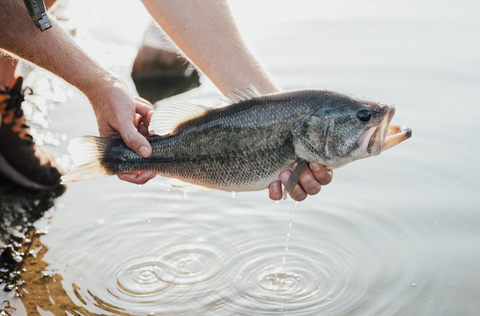
These fish are hearty and can survive in warm temperatures just about anywhere. Unlike trout or other fish that exist in swift currents waiting for the meal to come to them, largemouth bass are opportunistic predators. This means they actively hunt for their food, cruising their waters for anything ranging from crayfish and minnows to frogs and even small birds.
Where to Find Them:
On a macro scale, largemouth bass exist just about everywhere in the lower 48, with the exception of high altitude locations. Locally, it’s more than likely they’re prevalent in any local pond, lake, river, or creek. In other words, these fish are not endangered.

Zooming in a bit further, largemouth bass are opportunistic predators who absolutely love to stick to cover. From an angler’s perspective, you’re sure to find fish near brush, standing timber, lilypads, weed cover, docks, and more. They do this for a few reasons—first, as a way to ambush prey (or your popper) and second, as a way to stay cool when the sun gets high and temperatures begin to rise. So, if you’re fishing in the middle of a warm day, fish will be gathering in shady areas and under docks.
When to Target Them:
Largemouth bass are warm-water species through and through. In Southern states, however, you can target them year-round with a fly rod during warmer winter days. As a general rule, it’s best to target largemouths in spring, summer, and fall when they’re most active. Spring and fall are primetime. Coming out of a long winter, bass will be actively feeding in preparation for spawning season, and in the fall they’ll be packing on the weight in preparation for a hard winter.
On a daily basis, you can catch largemouth bass at just about any time, but we highly recommend chasing them in the morning and the evening. During these hours, bass are feeding heavily, particularly on the surface, and you’ll have good shots at large fish that’ll eat just about anything. During the middle of a warm day, bass tend to go a bit deeper to find cool water or they’ll congregate in shady areas to escape the sun.
How to Fish For Them:
Largemouth bass make for an exciting chase with a fly rod. Because they’re much easier to target in shallower water, we recommend targeting them in moderate temperatures when they’ll be feeding shallow, and during the morning and evening hours. Step one is to find cover. Whether you’re in a pond or a large lake, you’re sure to find fish near obvious sources of shelter, like timber, docks, and weed beds. Second, you need to decide where in the water column they’ll most likely be feeding–on the surface, shallow, or deep.
In our book, it’s never a bad idea to start with a topwater fly like a popper. While some times are better than others for surface action, there’s always a chance they’ll hit a fly on topwater. Vary your popper retrieval until you find something that works. If bass are actively feeding, they respond well to noise and activity—don’t be afraid to slam your fly on the surface and actively move it through the water. Oftentimes, bass will hone in on a popper, but only strike when it’s still, so try halting your retrieval and letting a popper sit for a few moments.

But, if they’re ignoring your topwater fly, you’ll want to go with some sort of streamer. We’ll list some popular fly patterns below, but Clouser minnows and woolly buggers are almost always great options. In warm conditions, rapidly retrieve the fly away from cover to initiate strikes. In cooler temperatures, you may need to take it slow, bouncing flies off of the bottom. Some anglers even use sinking lines in cool temperatures with a very slow retrieve.
In particular, largemouth bass are not shy fish. However, if you’re chasing them in small creeks, we recommend taking it slow and being stealthy. These fish are accustomed to avoiding predators in small water and will spook easily. It’s best to make casts to where you think the fish will be instead of sneaking up closely.
Lastly, once you get a strike, set the hook with a strip set to keep the fish on the hook. Once you’ve made a good connection, apply upward pressure to keep them from diving into underwater cover. Most fish are lost in one of two ways—the fish wrapping the line around weeds or timber, or shaking the fly out during one of its iconic aerial jumps.
Gear to Use:
Gear is simple for largemouth bass. Depending on the water, we recommend anything from a 6-weight rod to a 10-weight rod for targeting largemouth bass—although, you can get away with a 5-weight in smaller creeks. If we could pick one rod for bass, it’d be The Vesper 9-foot, 8-weight. It’s powerful enough to turn over big flies and pull fish out of cover, but with plenty of feel to notice subtle strikes from underwater fish. The Outcast in 6-weight, 9-foot is another great option for rivers and creeks.
We’re talking about fly-fishing primarily, but The Rambler is a great option if you’re looking for a spinning rod to target largemouth bass as well. The medium-heavy action will be able to sling any large lure you choose.

Bass are not tippet-shy, so be sure to use larger leader/tippet combinations like 2x and bigger. Many companies make tippet and leaders specifically for largemouth bass, as large as 12-pound or 16-pound test. As for reels, you’ll want a large arbor reel with a good drag system in case an 8-pounder hits your popper and makes a run.
Our Top 5 Flies:
Here are five flies we recommend for chasing largemouth bass:
- Bass popper, size 1/0, in any color (green is a great choice).
- Woolly bugger, weighted, size 4 or 6, in black or olive
- Freshwater Clouser minnow, size 4 or 6, in chartreuse or white
- Crayfish patterns, like Cohen’s Jiggy Craw (size 2/0) or Gulley Ultra Craw (size 1/0)
- Barr’s Meat Whistle, size 2

Some Quick Tips:
- If nothing is working, let your fly sit on the bottom and slowly jig it—bass love to sip them off of muddy beds with the slightest movement.
- If fish are spooky, try dropping a weedless popper on top of weeds or lilypads, then lightly dropping it in the water near the edge of the cover. Bass find this technique irresistible.
- Largemouth fishing will test your casting accuracy. Especially in warmer temperatures, bass won’t venture far from cover, so be sure to place the fly as close as possible to initiate strikes.
- We’ve seen bass hit poppers that have been sitting for as long as 45 seconds or a minute. It may seem like forever, but it can work.
- Particularly with leech-like patterns (i.e. Barr’s Meat Whistle), use a “jigging” action on your retrieve: Draw the fly to the surface and let it sink. Repeat. Bass tend to hit the fly as it’s on the drop.

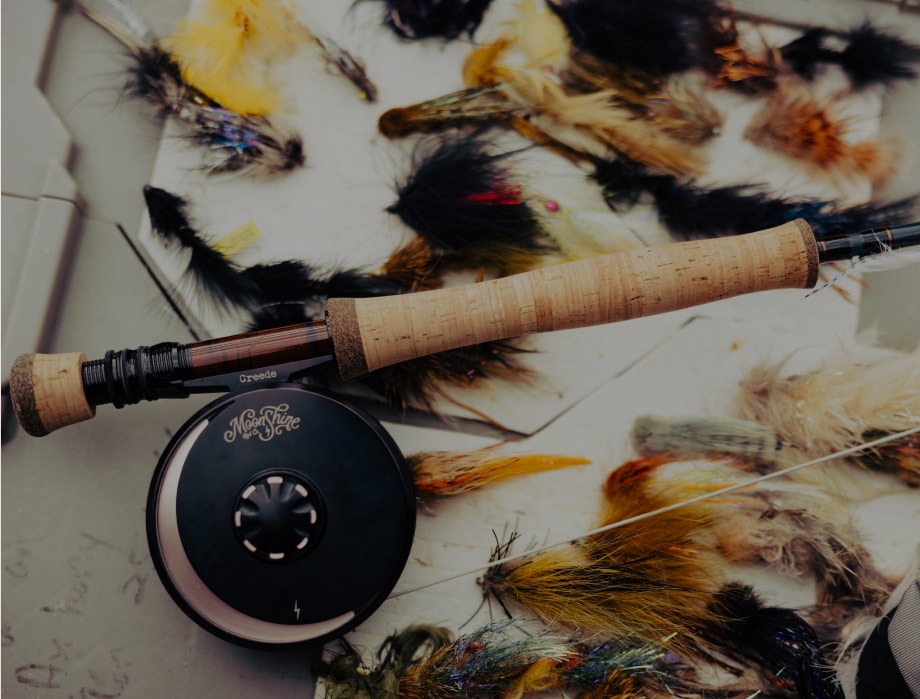
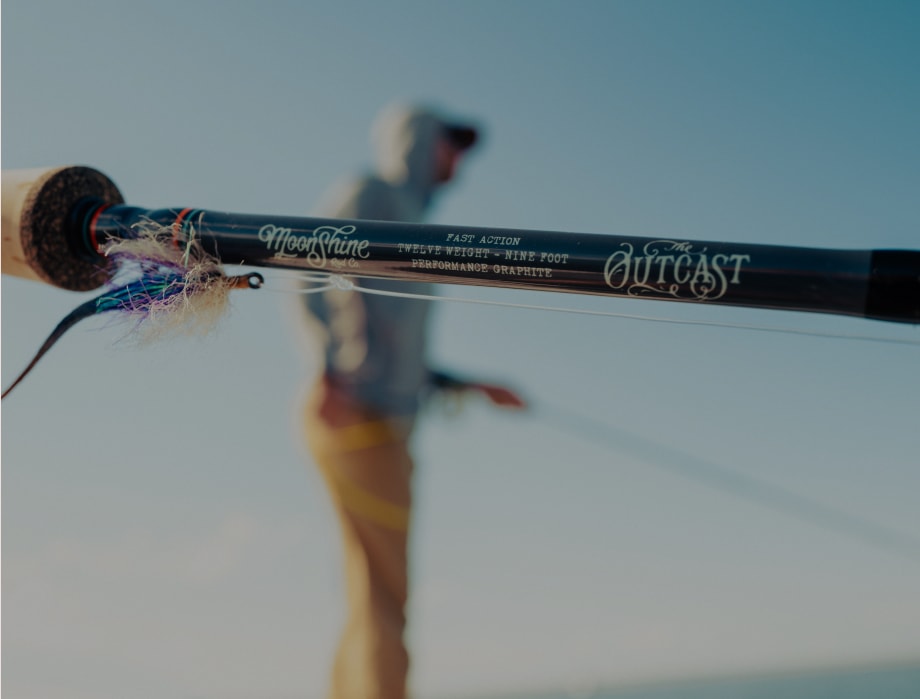
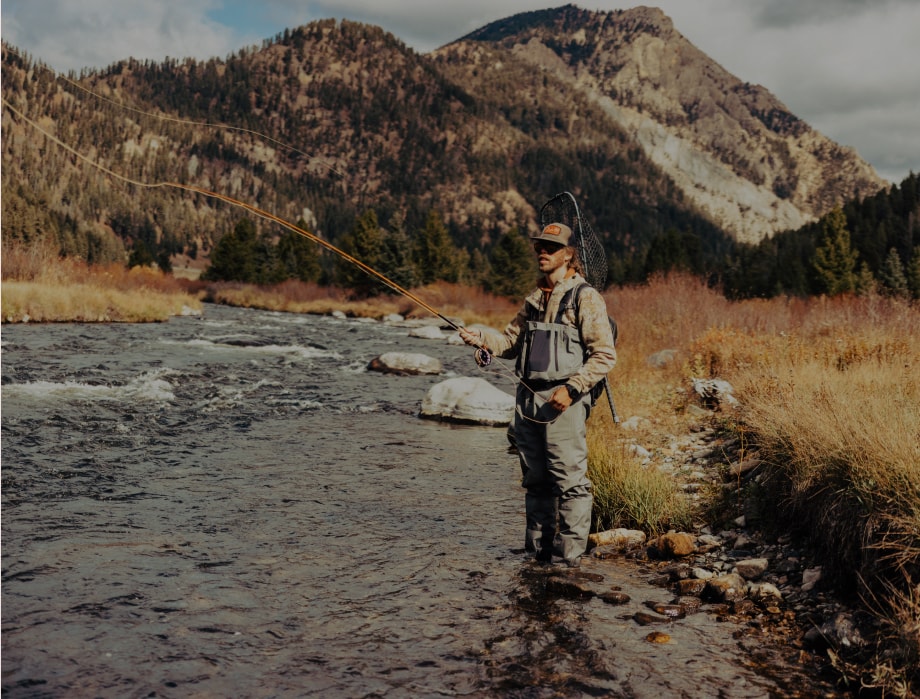
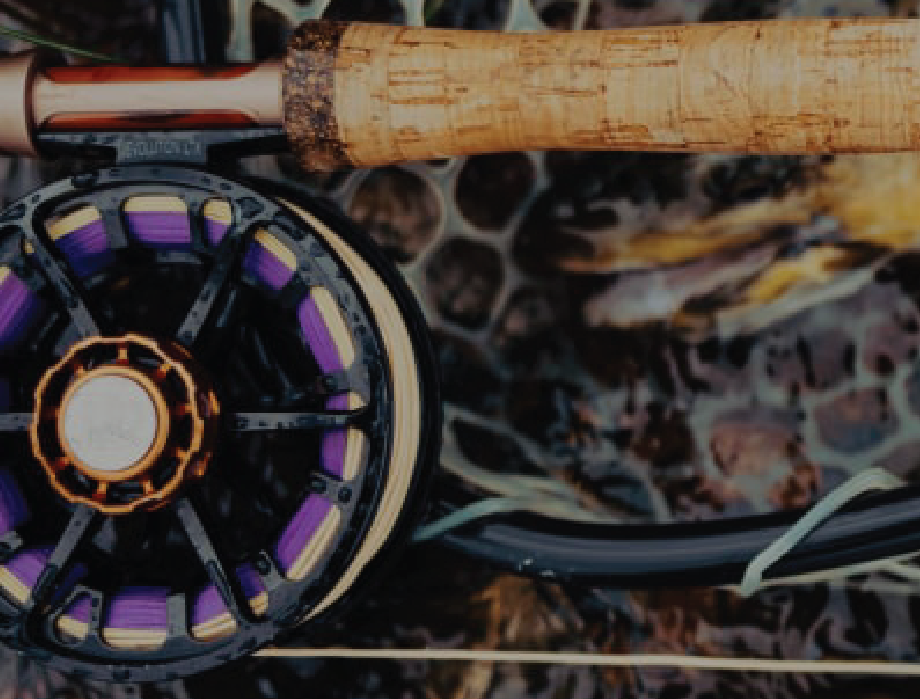
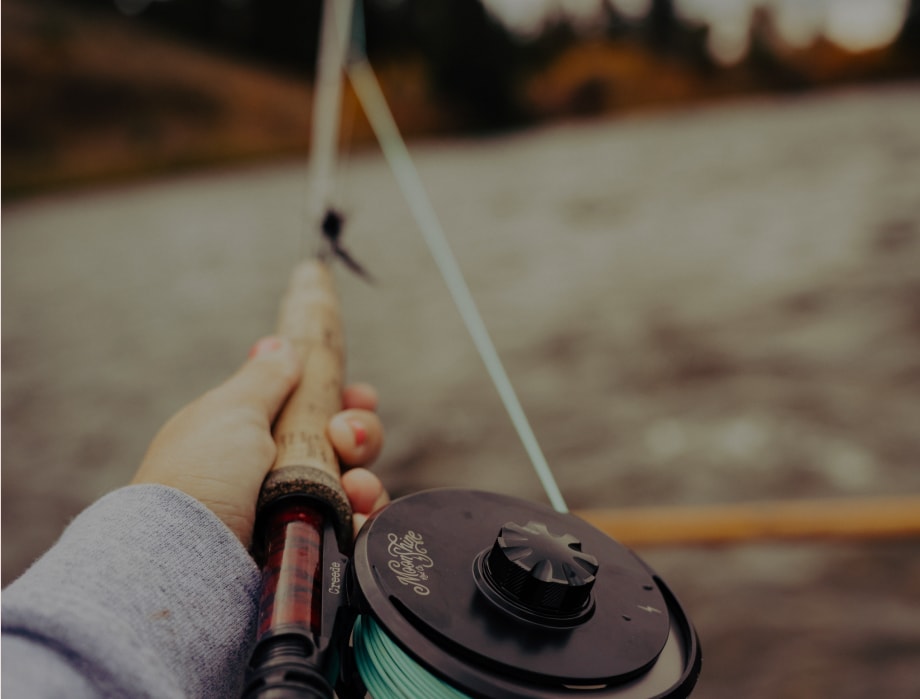

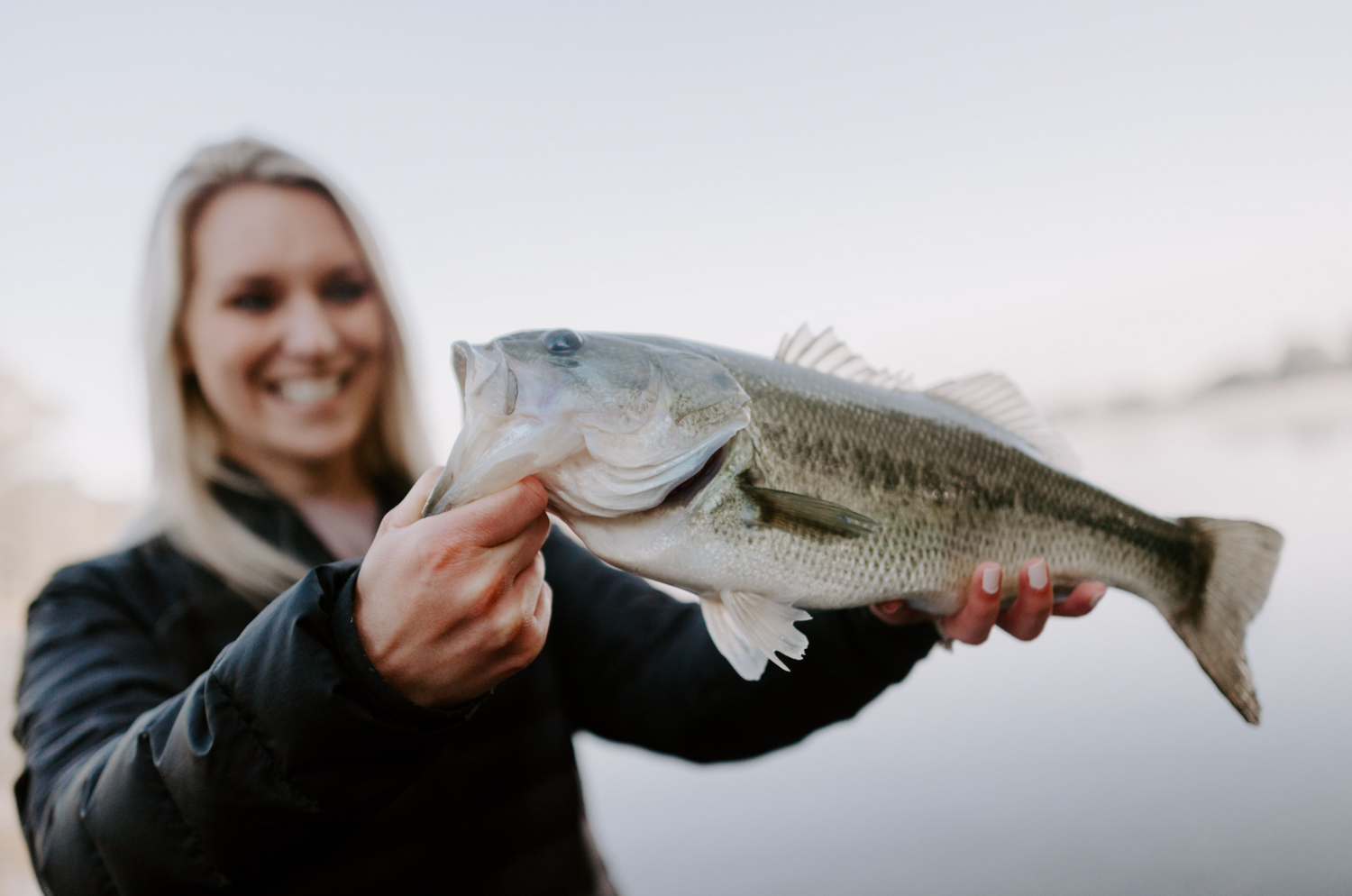
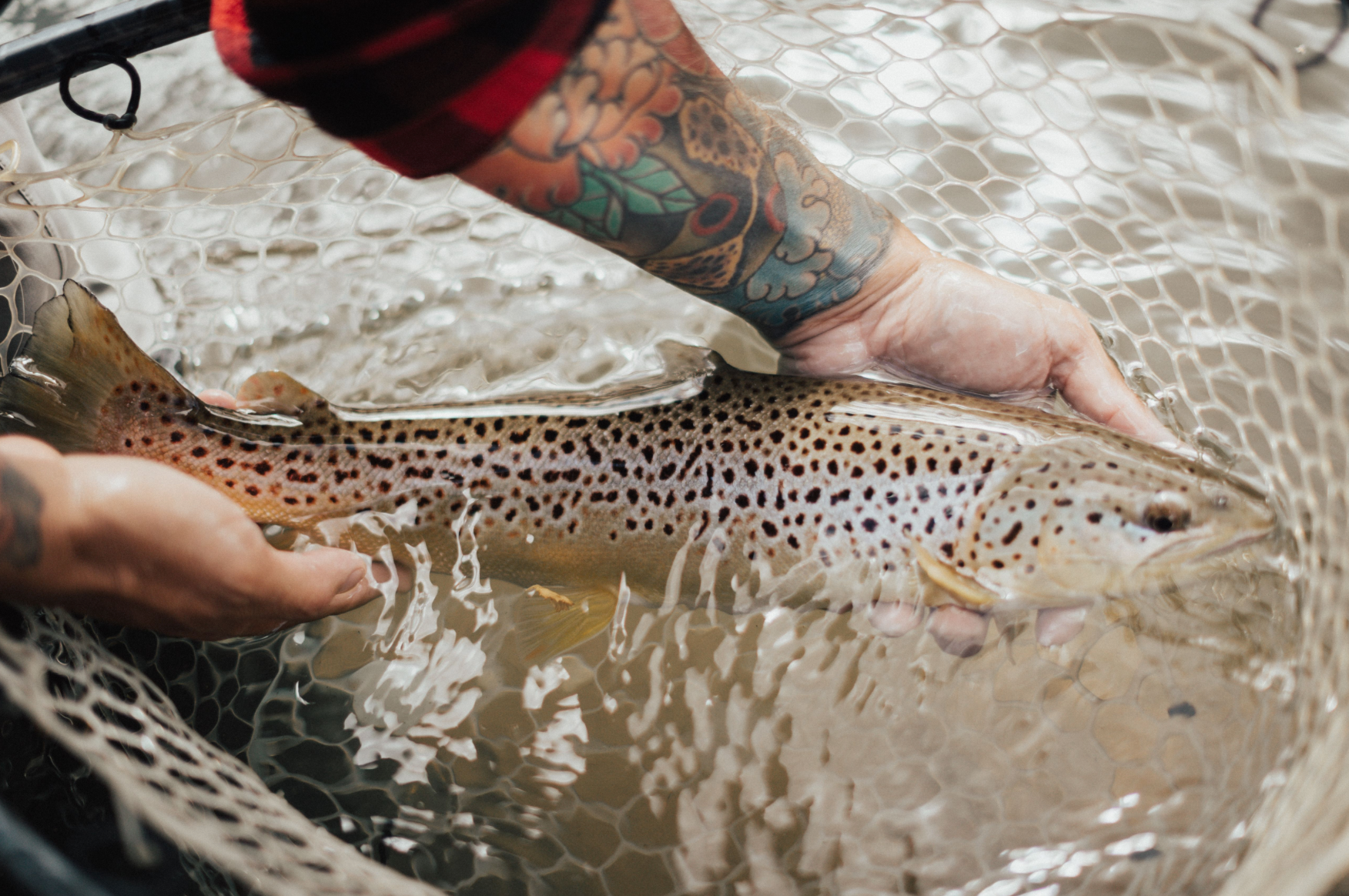
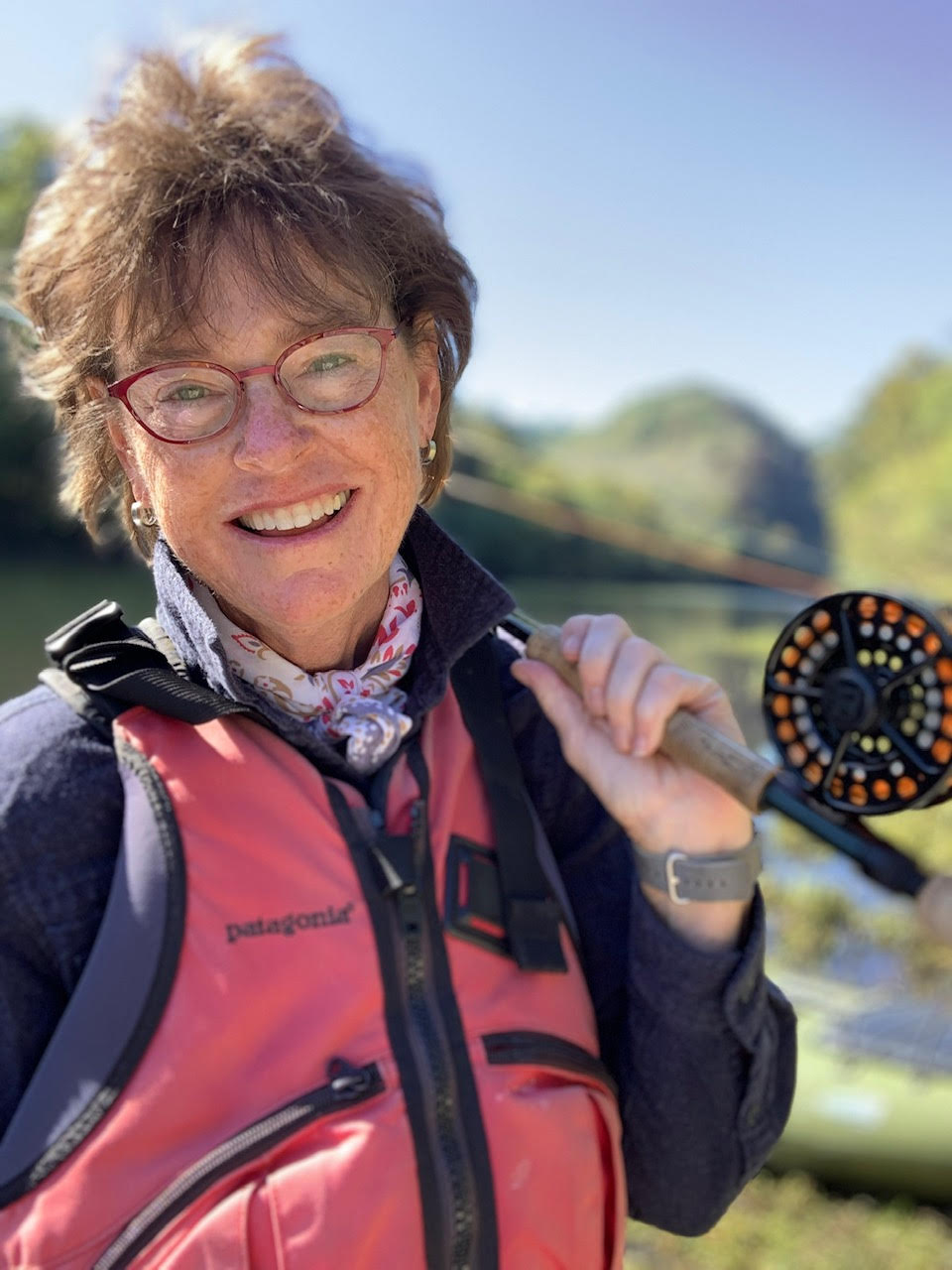
5 comments
VInnie
Great article for a begginer thank you very much
John
❤️ your blog stories and rods. You are a credit to flyfishing and a source of learning to us.
Thanks big time
John caffey
John
❤️ your blog stories and rods. You are a credit to flyfishing and a source of learning to us.
Thanks big time
John caffey
Ged Durham
I’ve been chasing bass on the fly for seven years now. I caught my PB 8.8lbs on a fly rod and have now gotten my friends doing the same. From boat, kayaks or banks the large mouth bass doesn’t disappoint.
tight lines to all
GED Durham
Scott Phelps
Love the blog on the bass fishing. I fish a lot of bass tournaments from a kayak. The KBFTN ( Kayak Bass Fishing of Tennessee ) and CKT ( Cumberland Kayak Trail ) series. I’m just now getting into fly fishing and have ordered couple different rods, specially the St Croix Mojo Bass rod. Its made to be able to fish from a kayak with a 8wht- 7’ 4" moderate-fast action rod. I purchased one of your "Outcast 8wht – 9 foot Salt Water rods to fish for Lrg mouth and Smallies in creeks and rivers. Have you guys looked into making a fly at the 7-8 foot range in the 6-9 wht range ? If you guys did a bass rod like the St Croix I have ! I would switch over to your bass rod in a heart beat and start using them even in my tournaments. Keep up the good work and I’m still waiting on my email for an 8wht – 9 foot "Midnight Spcl " LOL
Leave a comment
All comments are moderated before being published.
This site is protected by hCaptcha and the hCaptcha Privacy Policy and Terms of Service apply.